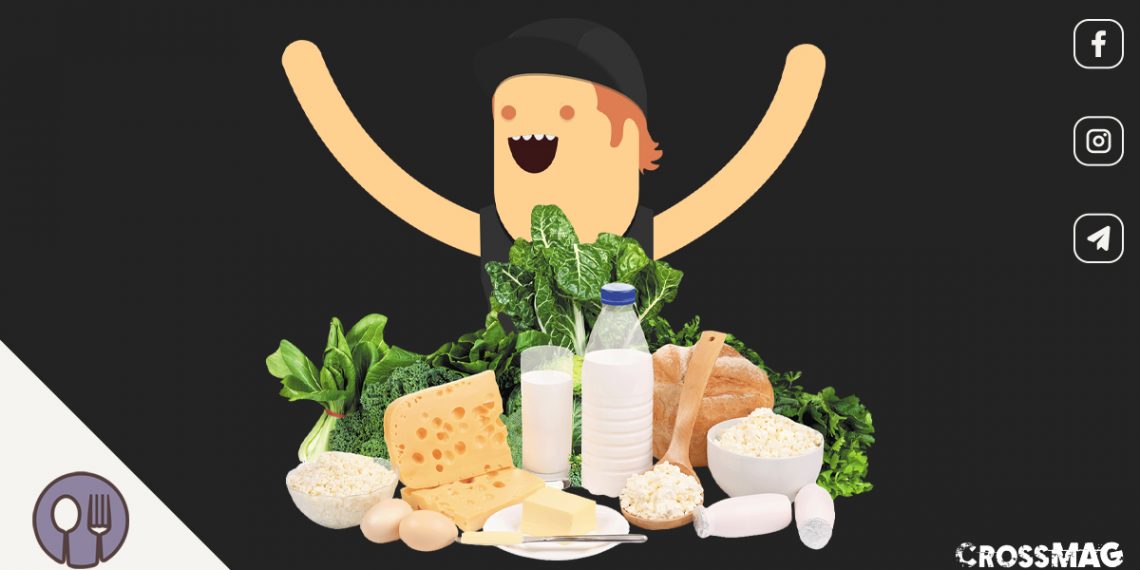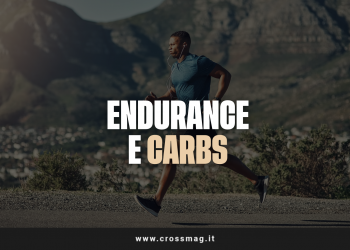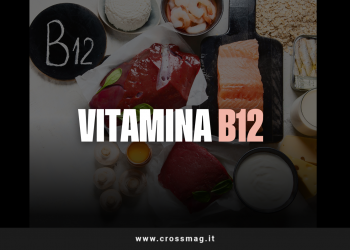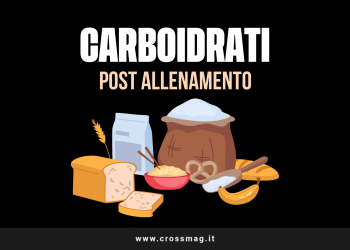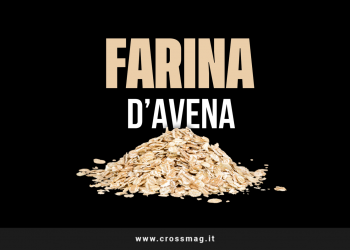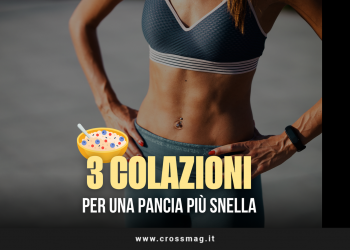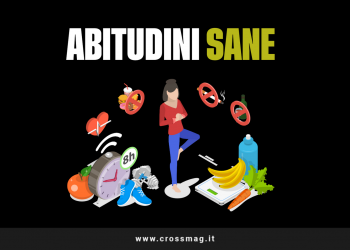Il football it is very important for our health. It is the mineral more present in the body; it constitutes a large part of bones and teeth and plays a role in heart health, muscle function, and nerve signaling.
L'daily intake recommended is 1000 mg for adults, although women over 50 and over 70 should take it 1200 mg, while I children 1300 mg.
The main foods rich in calcium are i dairy product, but not only; let's discover the foods richest in this precious mineral.
Seeds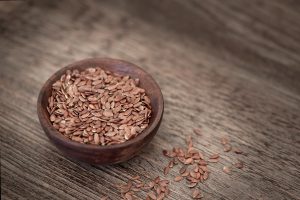
Poppy seeds, chia, celery and sesame are rich in calcium; they also provide protein and good fats.
Formaggio
Most cheese contains a lot of calcium; 30 grams of Parmesan, for example, contains 35% of the recommended daily allowance.
Our body assimilates more calcium from dairy products than that from vegetables.
Yogurt
Yogurt is an excellent source of calcium; many of these also contain live probiotic bacteria, which have various health benefits. A cup of plain white yogurt contains 30% of the recommended daily allowance, while low-fat yogurt is up to 45%.
Canned sardines and salmon
Canned sardines and salmon are high in calcium, thanks to their edible bones. 100 gr of sardines contain 37% of the recommended daily allowance.
These fatty fish also provide high quality protein and fatty acids omega 3, which are good for the heart, brain and skin.
beans
Legumes are rich in fiber, protein and micronutrients; winged beans and white beans are the richest in calcium (a cup of these, in fact, provides about 24% of the recommended daily dose).
almonds
Among the dried fruits, almonds are the richest in calcium (25 grams of almonds provide 8% of the recommended daily dose).
Almonds also provide a lot of fiber, good fats, proteins, magnesium, manganese and vitamin E.
Whey protein
Whey proteins milk they are a source of proteins, amino acids and calcium; a measuring spoon of approximately 28 g of protein contains 200 mg (approximately 20% of the daily dose).
Green leafy vegetables
Some green leafy vegetables are high in calcium, such as spinach and different types of kale; one cup of kale contains 266 mg.
Some varieties of green leafy vegetables are rich in oxalates, natural compounds that bind to calcium, making it less absorbable.
Rhubarb
Rhubarb contains fiber, vitamin K, calcium, vitamins and minerals; in addition, it contains prebiotic fibers which can promote healthy bacteria in the gut.
Rhubarb is also rich in oxalates, so our body takes only a quarter of the calcium present.
Fortified foods
Another way to get calcium is from fortified foods; some types of grains can provide 1000 mg!
Many cereals today are fortified in calcium and other micronutrients; always check nutritional labels.
Amaranth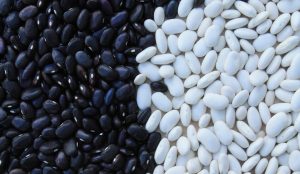
This pseudo-cereal is very nutritious; contains folate, manganese, magnesium, iron and of course calcium.
One cup of cooked amaranth provides 116 mg (28% of the daily allowance).
figs
Dried figs are rich in antioxidants and fiber and have a lot of calcium compared to other dried fruits. 30 grams of figs provide about 5% of the daily dose.
Milk
Milk is one of the best and cheapest sources of calcium available; a cup of milk cow's milk contains 276/350 mg depending on whether it is whole or fat-free milk.
And you take it enough? Let us know in the comments and don't forget to follow us on our Telegram channel
SUBSCRIBE HERE TO THE TELEGRAM CHANNEL

